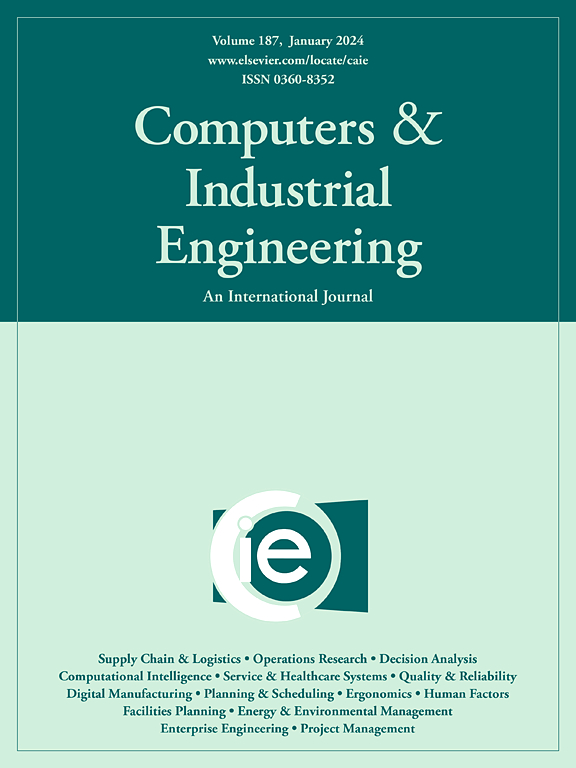Product complexity management enabled by a model-based approach
IF 6.7
1区 工程技术
Q1 COMPUTER SCIENCE, INTERDISCIPLINARY APPLICATIONS
引用次数: 0
Abstract
As contemporary engineered systems become more interdependent, there is a growing need to manage their system complexity. However, system complexity only exists as implicit and heterogeneous information. This situation makes it difficult to obtain and analyze system complexity. This paper proposes a model-based approach to supporting system complexity management, called MBCM, where system complexity includes dynamic complexity and structural complexity. The proposed approach includes complexity modeling and complexity analysis. For complexity modeling, a graph-matrix hybrid complexity modeling approach is proposed to describe the dynamic and structural complexity information. Graph-based architecture models are developed by a unified meta-meta modeling approach. The connections among different architecture models are then described using a design structure matrix. For complexity analysis, a general complexity metric provides dynamic and structural complexity values for the designer to evaluate the system. Moreover, automatic ontology modeling is introduced to integrate complexity modeling and complexity analysis. Finally, a case study on aero-engine design was conducted. The complexity management processes of three different scenarios were compared in this case study. The comparison results show that our approach could sensitively represent increased product complexity from both dynamic and structural aspects. Thus, the proposed approach is general and applicable to any engineered system and can support the trade-off between complex product design schemes.
通过基于模型的方法实现产品复杂性管理
本文章由计算机程序翻译,如有差异,请以英文原文为准。
求助全文
约1分钟内获得全文
求助全文
来源期刊

Computers & Industrial Engineering
工程技术-工程:工业
CiteScore
12.70
自引率
12.70%
发文量
794
审稿时长
10.6 months
期刊介绍:
Computers & Industrial Engineering (CAIE) is dedicated to researchers, educators, and practitioners in industrial engineering and related fields. Pioneering the integration of computers in research, education, and practice, industrial engineering has evolved to make computers and electronic communication integral to its domain. CAIE publishes original contributions focusing on the development of novel computerized methodologies to address industrial engineering problems. It also highlights the applications of these methodologies to issues within the broader industrial engineering and associated communities. The journal actively encourages submissions that push the boundaries of fundamental theories and concepts in industrial engineering techniques.
 求助内容:
求助内容: 应助结果提醒方式:
应助结果提醒方式:


